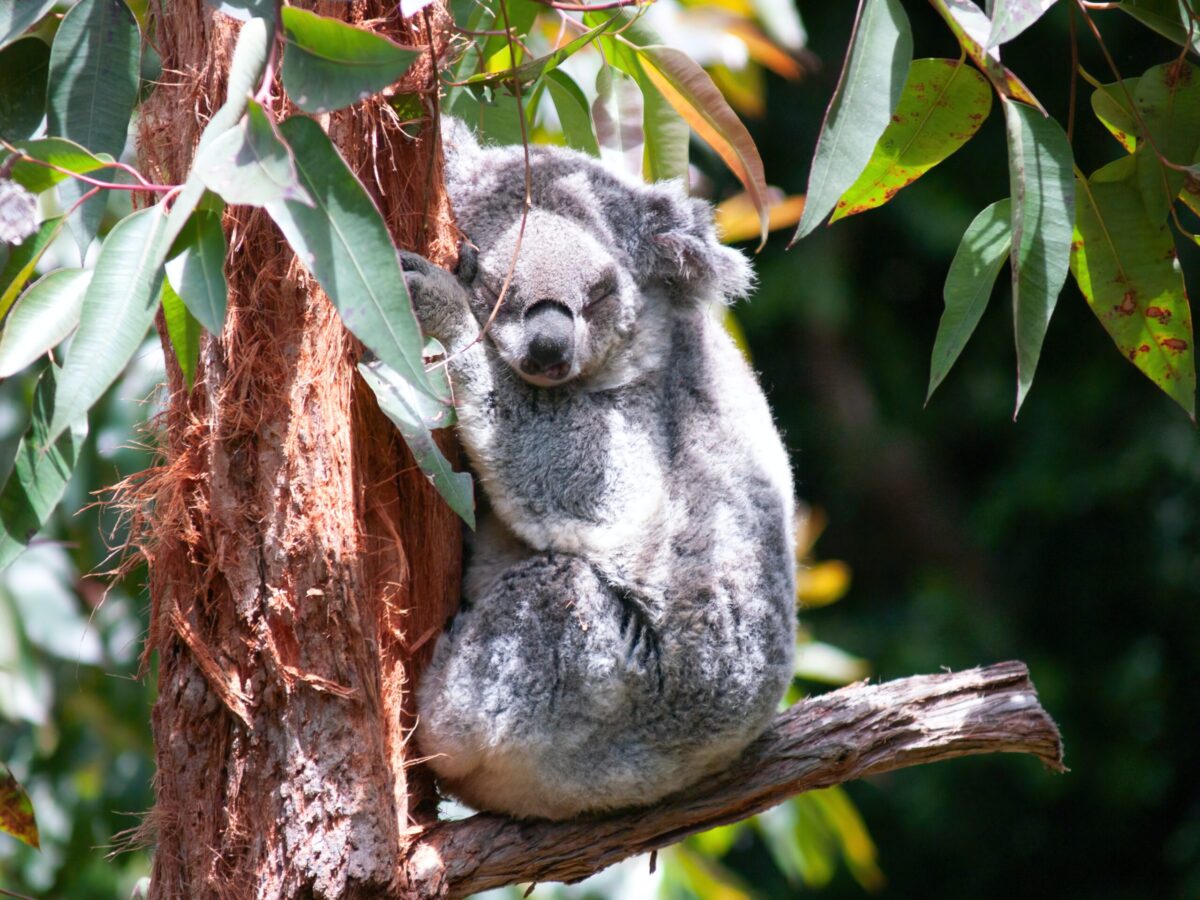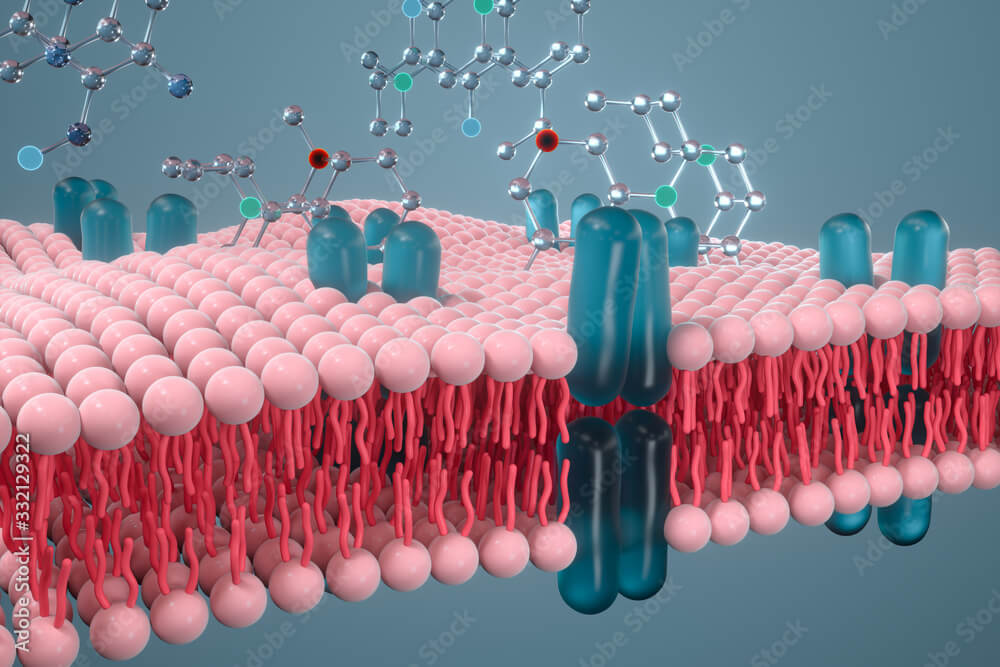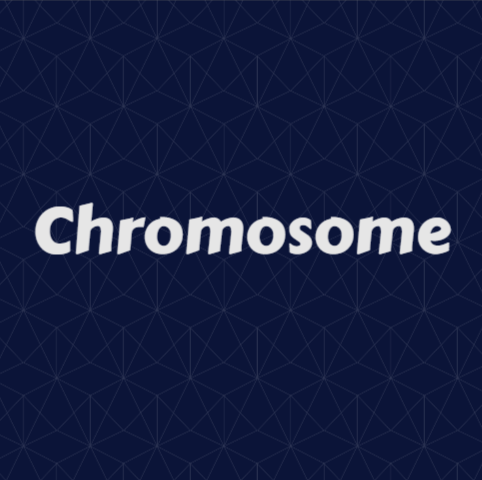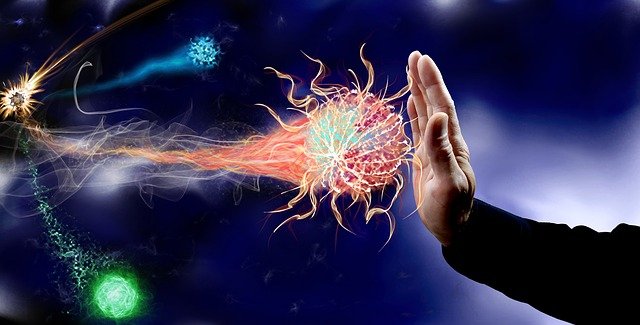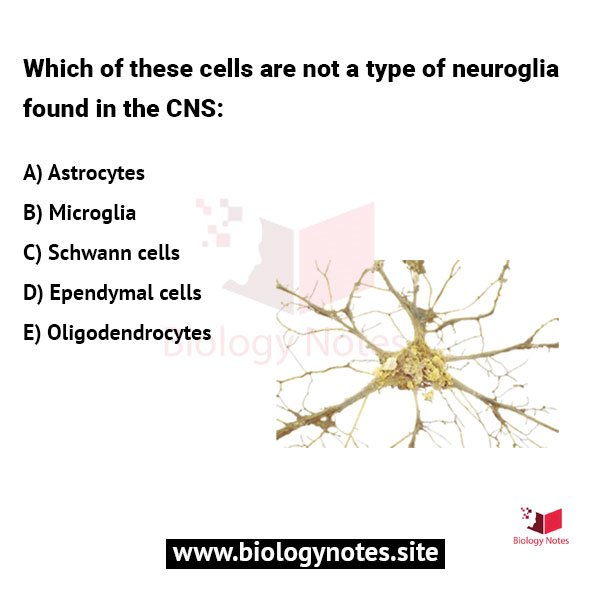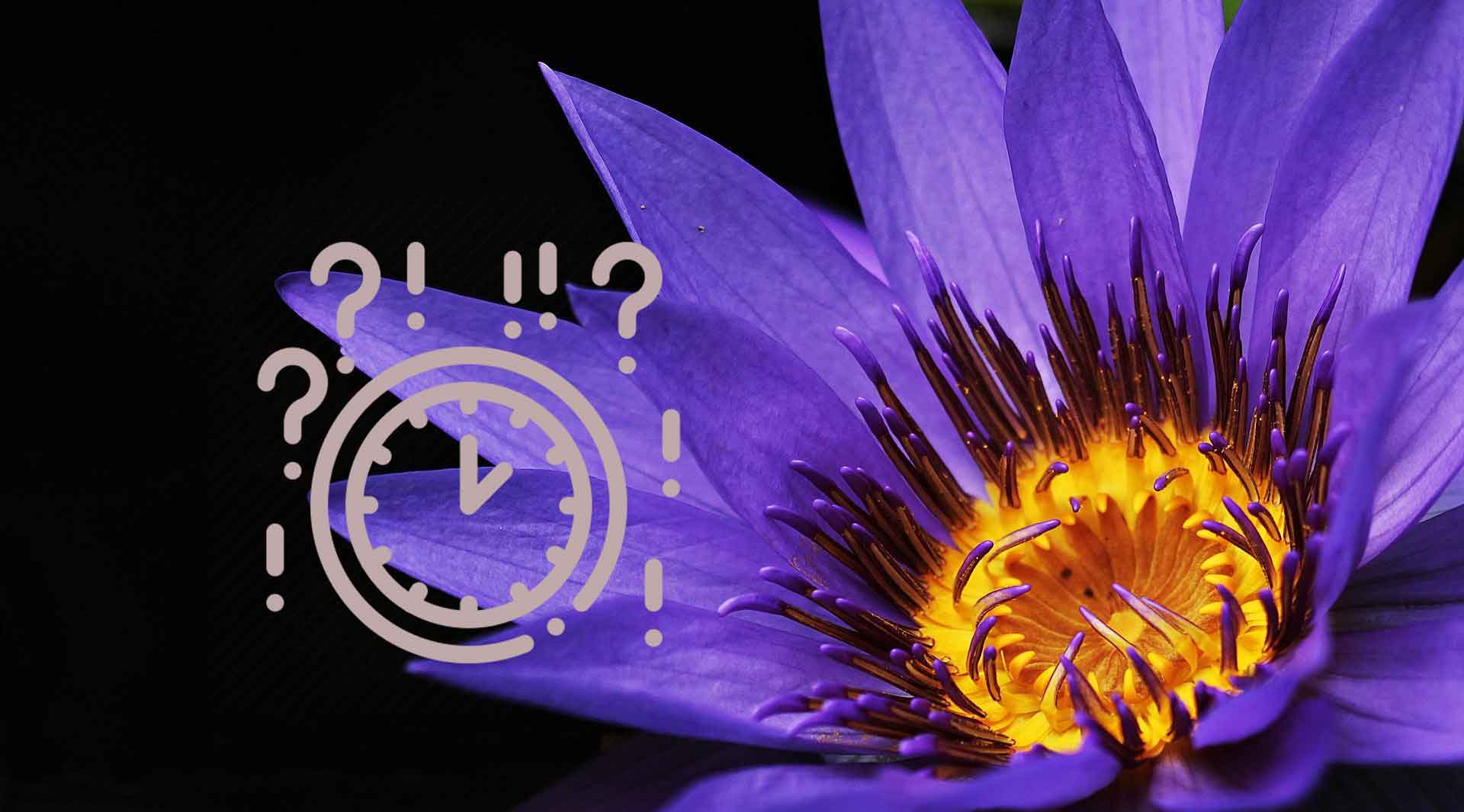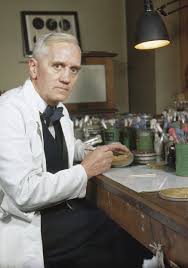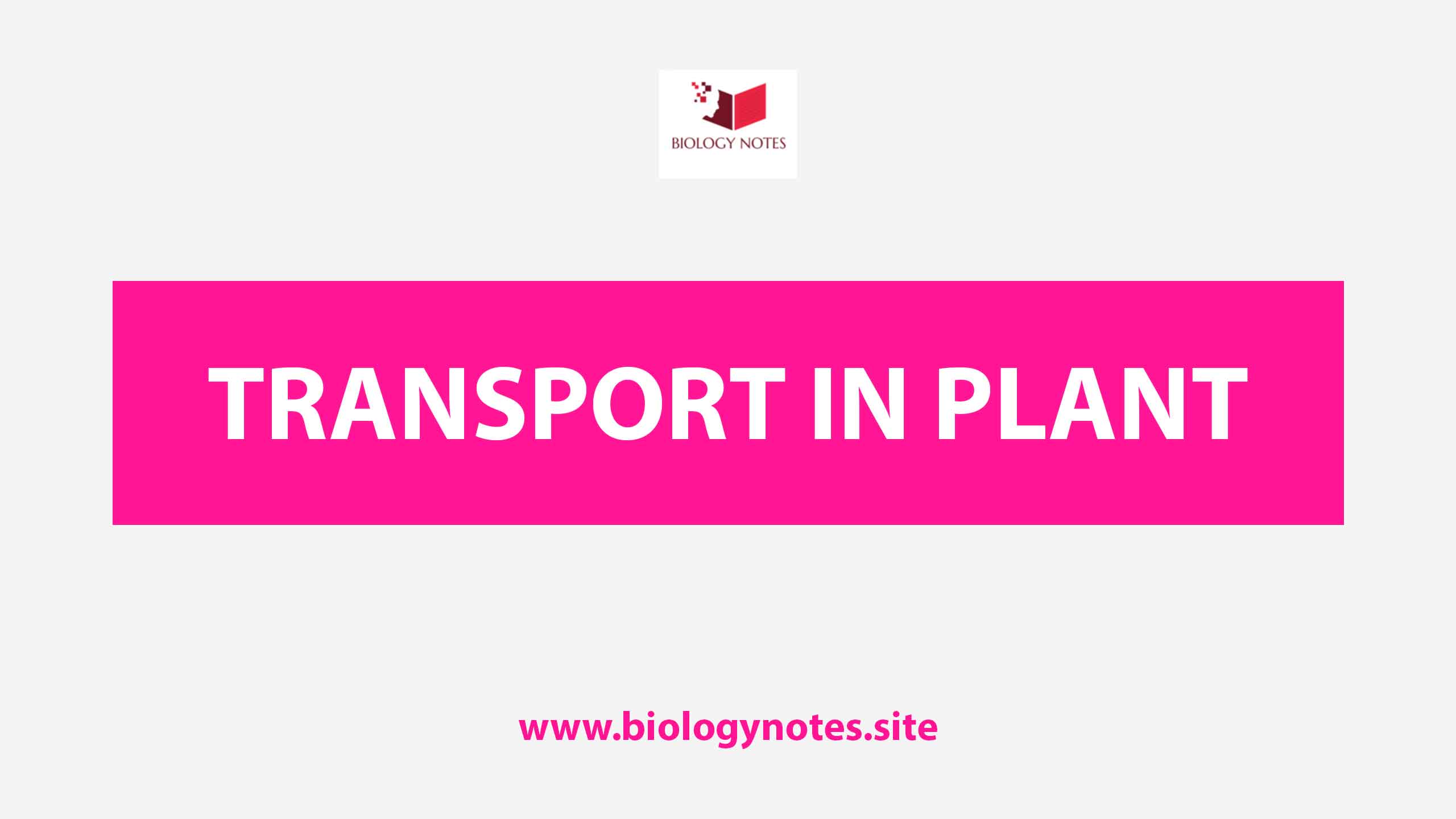One stop solution for all your biology questions!

MCQ on Breathing and Exchange of Gases-2
Visiting high mountains may cause altitude sickness in men living in plain areas. Prime cause of this is (a) excess of CO2 in blood (b) decreased efficiency of haemoglobin (c) decreased partial pressure of oxygen (d) decreased proportion of oxygen in air. Increase in body temperature makes oxygen haemoglobin dissociation curve (a) shift to left…

Why Earthworms Are a Gardener’s Best Friend
Earthworms are considered a gardener’s best friend for several reasons: Soil aeration: Earthworms burrow through the soil, creating tunnels and air pockets that allow air, water, and nutrients to penetrate the soil more easily. This improves soil aeration, which is important for plant root health. Soil structure: Earthworms also help to improve soil structure by…

Koala Has Human Like Fingerprints!
The discovery that koalas have human-like fingerprints was a surprising revelation that has captured the attention of the scientific community and the general public alike. In this essay, I will explain this discovery in detail, including the methods used by researchers to uncover this fact and the potential implications of this discovery for the field…

Plasma membrane
Delimiting membrane or boundary of all cells providing the characteristic shape to the cell. Structure ● Composed of approx. 7 nm thick phospholipid bilayer with hydrophilic heads facing outward from both sides into aqueous environment and hydrophobic tails facing inside the bilayer. ● A symmetrical the presence of proteins, floating in the bilayer imparts a…

How do oysters make pearls?
Pearls are formed in the body of a sea oyster as a response to an irritant that enters its shell. The irritant can be a foreign object such as a grain of sand or a parasite that makes its way into the oyster’s shell. In response to the irritant, the oyster secretes a substance called…

Mutation
Mutation is a change in the DNA sequence of an organism’s genetic material. DNA, or deoxyribonucleic acid, is the molecule that carries the genetic instructions for the development and function of all living things. DNA is made up of four chemical bases, adenine (A), cytosine (C), guanine (G), and thymine (T), which are arranged in…

Chromosome
A chromosome is a structure found in cells that is made up of a long strand of DNA, which is the genetic material that contains the instructions for the development and function of all living organisms. Chromosomes are found in the nucleus of eukaryotic cells and play a crucial role in the cell cycle, replication,…

Defences Against Diseases
The body has three main lines of defence against disease. These involve mechanical barriers, chemical barriers and cells. Mechanical barriers Although many bacteria live on the surface of the skin, the outer layer of the epidermis seems to act as a barrier that stops them getting into the body. But if the skin is cut…

Which of these cells are not a type of neuroglia found in the CNS
Option C: Schwann cell is the right answer. There are three types of glial cells in the mature central nervous system: astrocytes, oligodendrocytes, and microglial cells. Astrocytes, which are restricted to the brain and spinal cord, have elaborate local processes that give these cells a starlike appearance. The major function of astrocytes is to maintain, in a variety…

How do plants know when to flower?
Phytochrome, a blue-green pigment, is part of a switching mechanism for phototropic responses to light of red and far-red wavelengths. Its active form, Pfr might trigger the secretion of one or more hormones that induce and inhibit flowering at different times of yeat. The main environmental cue for flowering is the length of night, i.e.…

Sir Alexander Fleming
(August 6 , 1881 – March 11, 1955) Early life and Education Sir Alexander Fleming was a Scottish physician, microbiologist, and pharmacologist, who was born on August 6, 1881 at Lochfield farm near Darvel, in Ayrshire, Scotland. Alexander was the third of four children of farmer Hugh Fleming (1816–1888) from his second marriage to Grace…

Quiz On Transport in plant



